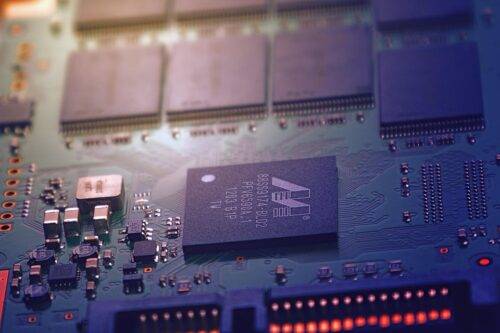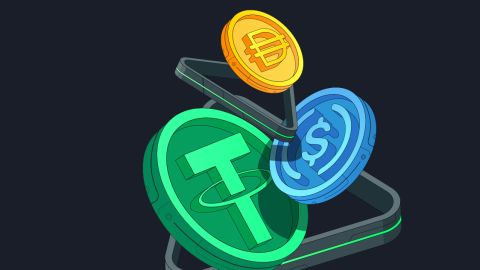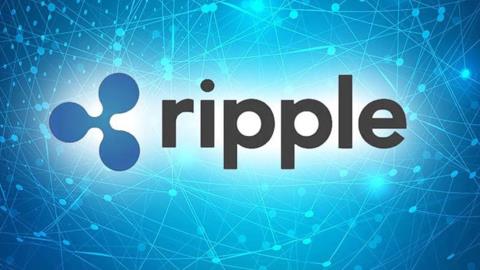
Similar Posts

Stripe Soars to $91.5 Billion Valuation: How AI Investments Are Driving Growth
Stripe and its investors are set to repurchase shares to improve liquidity for current and former employees, signaling a valuation rebound close to its 2021 peak, following a March 2023 funding round that valued the company at $50 billion. In its annual letter, Stripe reported a 38% year-on-year increase in total payment volume, reaching $1.4 trillion in 2024. Cofounders Patrick and John Collison attributed this growth to investments in AI, increased adoption, and support for emerging businesses. They also emphasized the rising significance of stablecoins in the economy, noting their potential to enhance financial systems and promote growth.

Unlocking DeFi Opportunities: How Trade Wars Propel Decentralized Finance Forward
The global economy’s trade tensions are creating volatility in the crypto market, with Bitcoin recently dropping below $100,000 following President Trump’s tariff announcements. While trade disputes pose challenges for cryptocurrencies, they may be less harmful than for traditional financial systems, according to Leo Mindyuk of ML Tech. Tariff wars increase market instability, disrupt crypto mining due to inflated production costs, and lead to stricter regulatory scrutiny. However, these challenges could spur interest in decentralized finance (DeFi) as users seek alternatives to traditional banking. Investors and policymakers must stay vigilant about the interplay between geopolitics and digital assets.

Mastercard and MoonPay Team Up to Revolutionize Stablecoin Payments for Everyday Use
Mastercard has partnered with MoonPay to allow enterprises and fintech companies to use Mastercard-branded cards linked to users’ stablecoin balances, enabling seamless spending at over 150 million locations worldwide. This collaboration aims to transform crypto wallets into efficient digital bank accounts, enhancing payouts, cross-border transfers, and stablecoin-based payments for gig workers. Scott Abrahams from Mastercard highlights the initiative’s potential to redefine global money movement and integrate cryptocurrency with mainstream finance. As regulatory clarity grows, Mastercard envisions stablecoins evolving from trading tools to practical solutions, signaling a significant shift in everyday financial transactions and the future of payments.

Leading US Banks Explore Collaborative Stablecoin Initiative
Major banking institutions are exploring stablecoin regulations, with discussions surrounding the integration of payment platforms like The Clearing House and Zelle. There’s a push to expand stablecoin models to include more banks, aligning with U.S. regulatory efforts, particularly the Senate’s GENIUS Act aimed at establishing clear guidelines for stablecoin usage. Additionally, Circle has launched a stablecoin-based Global Payment Network, potentially competing with traditional systems like Swift, in collaboration with banks such as Deutsche Bank and Santander. As stablecoin discussions progress, their impact on the financial landscape remains to be seen.

Ripple Revolutionizes Cross-Border Payments with Seamless Stablecoin Integration
The recently launched RLUSD stablecoin is quickly gaining traction in the cryptocurrency market, with a market capitalization nearing $250 million and trading volumes around $10 billion. Ripple’s Jack McDonald noted that RLUSD’s adoption is exceeding expectations, being utilized in both crypto and traditional finance. Unlike many stablecoins aimed at retail users, RLUSD is designed for global enterprise use, enhancing cross-border payment efficiency. It has been integrated into Ripple Payments, benefiting clients like BKK Forex and iSend. As demand grows, RLUSD’s applications in various financial sectors are expected to expand, indicating a promising future in digital currency.

